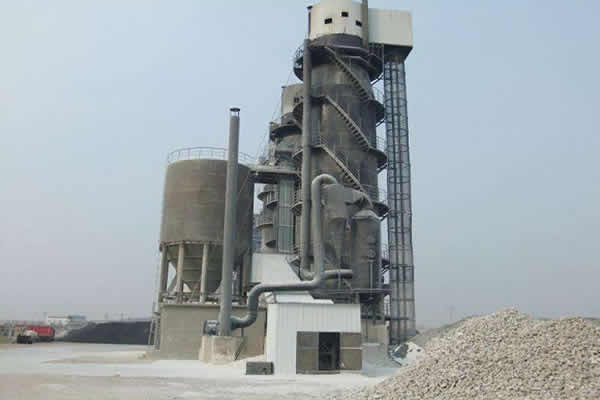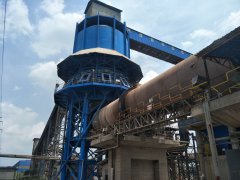The vertical kiln calcination process for lime production is a traditional method that has a history of thousands of years. Its basic principle is to place limestone in a vertically arranged kiln, heat it under high temperature conditions, and decompose the limestone into calcium oxide and carbon dioxide to produce lime.
Here are the detailed steps of the vertical kiln calcination process:
Limestone mining: Firstly, limestone raw materials need to be collected and crushed into small pieces.
Kiln construction: Making a vertical kiln requires the use of high-temperature refractory materials, such as clay, brick, and stone, to ensure that the kiln can withstand high temperatures.
Limestone filling: Fill the limestone blocks into the kiln and place them in a certain density and order.
Ignition: Ignite the flames at the bottom of the kiln and gradually heat it up. The limestone begins to soften and change color.
Decomposition: At high temperatures (around 1000°C), the limestone decomposes into calcium oxide (CaO) and carbon dioxide (CO2), a process known as calcination.
Collection: Collect the released carbon dioxide, which can be used to produce other chemical substances. At the same time, the collected lime (CaO) will be cooled and removed from the kiln.
The vertical kiln calcination process for lime production has the following advantages: low manufacturing cost, simple equipment, easy control, and operation. However, it also has some disadvantages, such as pollution and energy waste. Therefore, in modern industrial production, the vertical kiln calcination process for lime production has gradually been replaced by other production processes.



